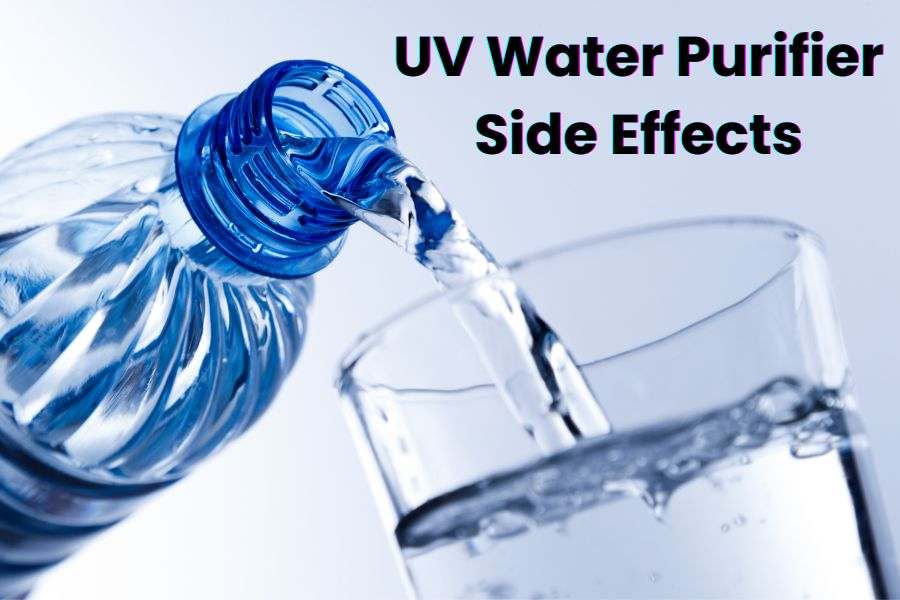UV (Ultraviolet) water purifiers have gained popularity as an effective method of disinfecting water, using UV light to kill harmful organisms without adding chemicals. However, like any technology, UV purification comes with its own set of pros and cons. This article explores the side effects of UV water purifiers, providing insights into their impact on health and the environment.
Understanding UV Purification Technology
UV water purification works by exposing water to ultraviolet light at a specific wavelength, damaging the DNA of bacteria, viruses, and other pathogens and rendering them harmless. While UV systems effectively disinfect water, they do not remove dissolved solids or chemicals. Understanding the technology behind UV purification is crucial for comprehending its limitations and potential side effects.
Common Side Effects of UV Water Purifiers
Potential Health Concerns
One of the main concerns with UV purifiers is their inability to remove chemical contaminants, heavy metals, or dissolved solids from water. If the source water contains harmful chemicals or heavy metals, UV treatment alone may not make the water safe for consumption.
Environmental Impacts
UV purifiers require electricity to operate, which can contribute to environmental pollution depending on the source of the electricity. Additionally, the need to replace UV lamps and filters generates waste, albeit less than some other purification methods.
Dealing with the Drawbacks of UV Purification
Preventive measures, such as pre-filtration systems, can be used with UV purifiers to remove chemical contaminants and solids from water before UV treatment. Regular maintenance and proper system setup can also mitigate some drawbacks of UV purification.
Health Implications of Using UV Purifiers
While UV purification effectively inactivates most pathogens, it does not change the chemical composition of the water. It is essential to ensure that the water treated with UV light is free from harmful chemicals to avoid potential health risks.
Installation and Maintenance of UV Systems
Proper installation and regular maintenance of UV systems are vital to ensure their effectiveness. This includes cleaning and replacing the UV lamp, as the manufacturer recommends, to maintain optimal performance.
The Science Behind UV Effectiveness
UV light targets the genetic material of microorganisms, preventing them from reproducing. However, the effectiveness of UV light can be restricted by turbid or colored water, underscoring the importance of pre-treatment in some instances.
Environmental Sustainability of UV Purifiers
Despite their electrical requirements, UV purifiers are considered more environmentally friendly than chemical disinfection methods, as they do not introduce harmful substances into the water.
Conclusion:
while UV water purifiers offer a chemical-free way to disinfect water, they come with limitations and potential side effects that should be considered. By understanding these issues and taking appropriate measures, users can enjoy UV purification’s benefits without compromising water quality or safety.




